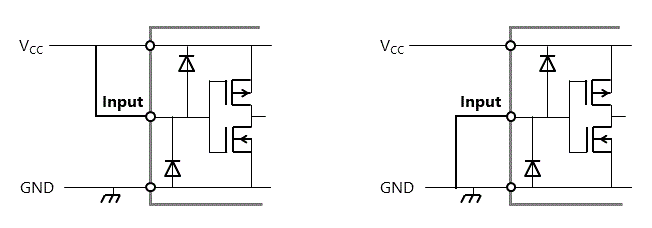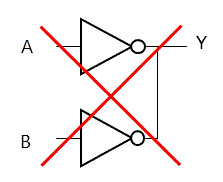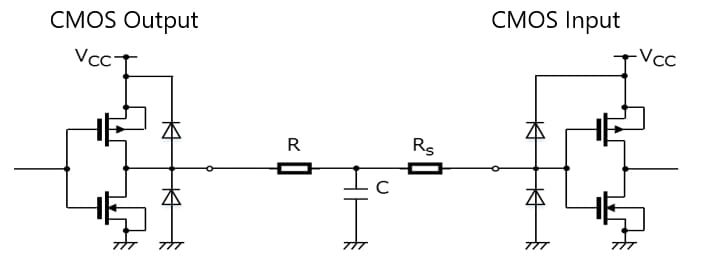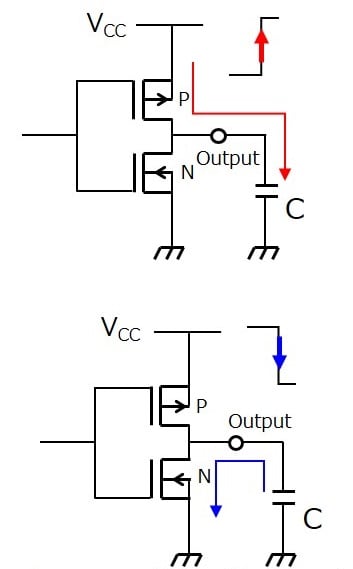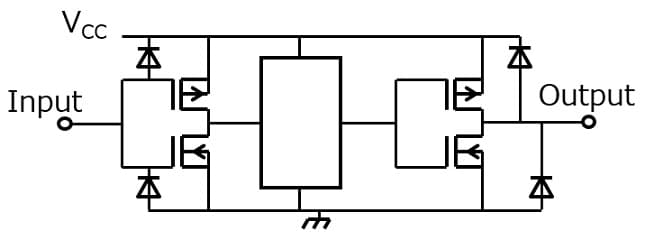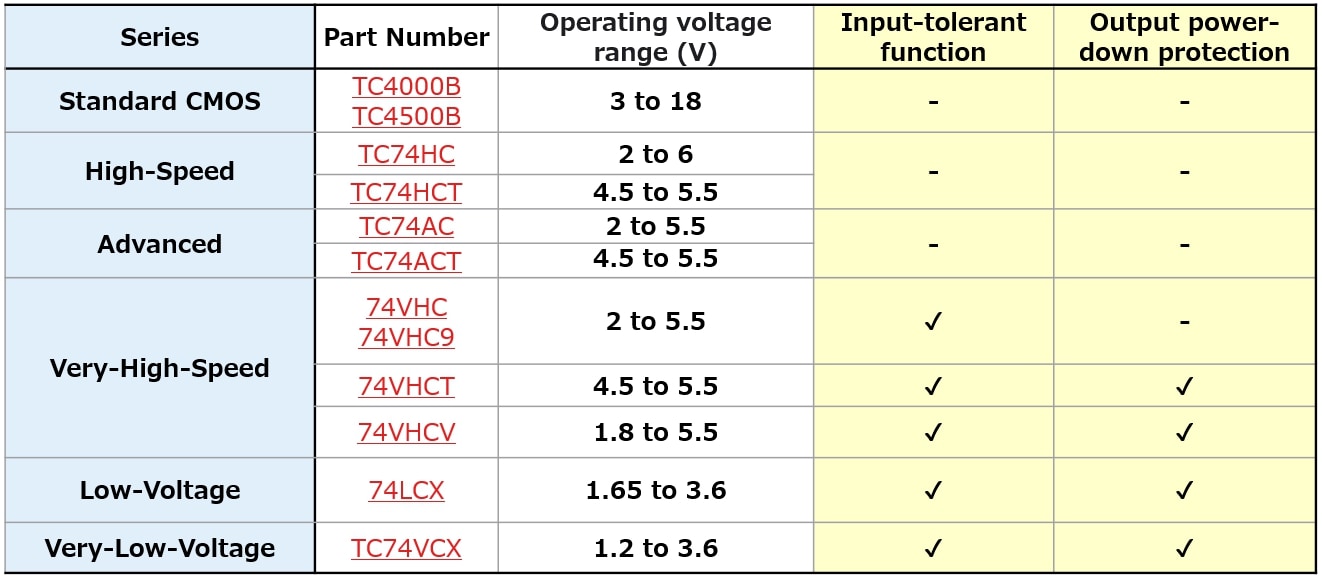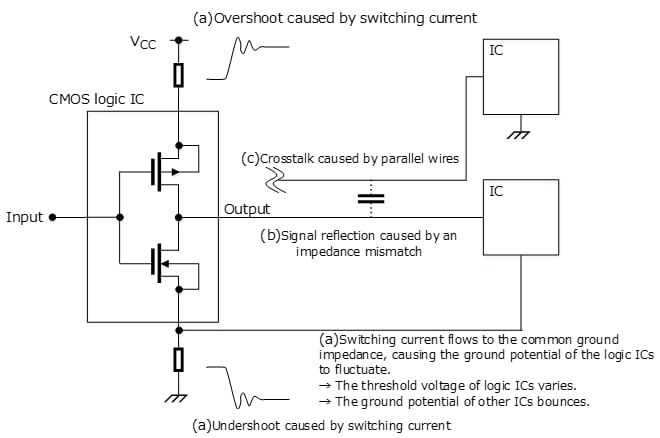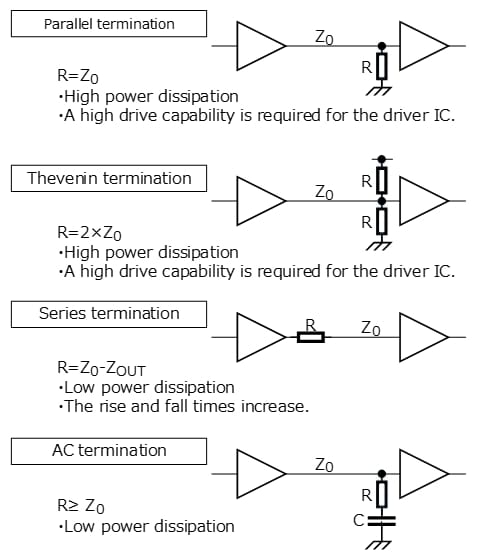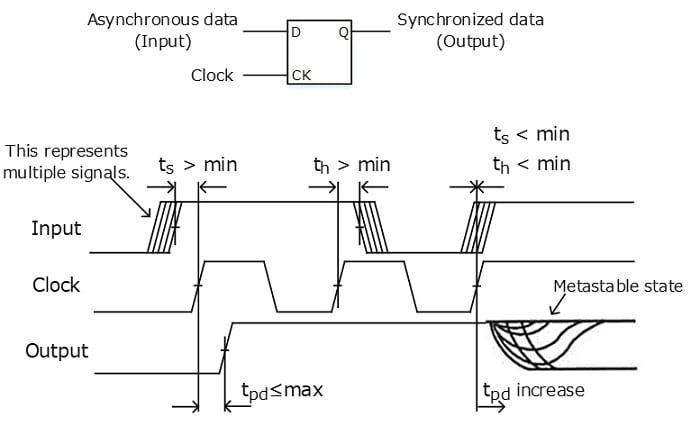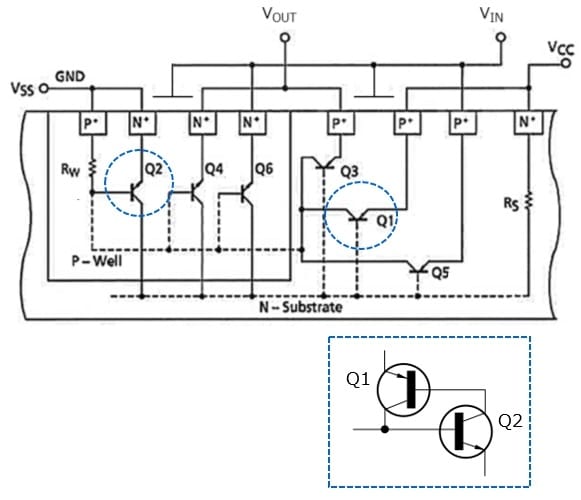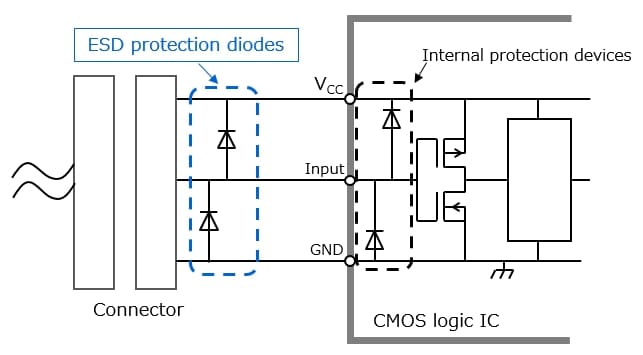-
My ToshibaSemicon
- 반도체 탑
-
애플리케이션Automotive
Body Electronics
xEV
In-Vehicle Infotainment
Advanced Driver-Assistance Systems (ADAS)
Chassis
IndustrialInfrastructure
BEMS/HEMS
Factory Automation
Commercial Equipment
Consumer/PersonalIoT Equipment
Healthcare
Wearable Device
Mobile
Computer Peripherals
-
제품자동차 디바이스
Discrete Semiconductor
다이오드
트랜지스터
로직 IC
Analog Devices
Digital Devices
Wireless Devices
※
: Products list (parametric search)
파워반도체※
: Products list (parametric search)
Isolators/Solid State RelaysPhotocouplers
Digital Isolators
Solid State Relays
Fiber Optic Transmitting Modules
※
: Products list (parametric search)
MOSFETsIGBTs/IEGTs바이폴라 트랜지스터※
: Products list (parametric search)
다이오드※
: Products list (parametric search)
마이크로컨트롤러모터 드라이버 ICIntelligent Power ICs※
: Products list (parametric search)
전원관리IC리니어 IC※
: Products list (parametric search)
범용로직IC리니어 이미지 센서기타 제품용 IC기타 제품용 IC
※
: Products list (parametric search)
-
개발/설계 지원
-
기술 자료
- 구매처
- 부품 번호 & 키워드 검색
- 상호 참조 검색
- 파라미터 검색
- 재고 확인 및 구매
This webpage doesn't work with Internet Explorer. Please use the latest version of Google Chrome, Microsoft Edge, Mozilla Firefox or Safari.
3글자 이상 입력하세요. Search for multiple part numbers fromhere.
The information presented in this cross reference is based on TOSHIBA's selection criteria and should be treated as a suggestion only. Please carefully review the latest versions of all relevant information on the TOSHIBA products, including without limitation data sheets and validate all operating parameters of the TOSHIBA products to ensure that the suggested TOSHIBA products are truly compatible with your design and application.Please note that this cross reference is based on TOSHIBA's estimate of compatibility with other manufacturers' products, based on other manufacturers' published data, at the time the data was collected.TOSHIBA is not responsible for any incorrect or incomplete information. Information is subject to change at any time without notice.
3글자 이상 입력하세요.
Countermeasures for Crosstalk
Crosstalk noise is induced by capacitive or inductive coupling between two adjacent transmission lines that run in parallel (called an aggressor and a victim). Regarding crosstalk, care should be exercised as to rapidly rising or falling signals. When such a signal travels through a transmission line, crosstalk noise is induced in an adjacent line (victim) and propagates in both directions: in the same direction as for the aggressor signal and in the direction opposite to it.
Since the speed of crosstalk propagation is equal to that of the aggressor signal, the crosstalk noise that travels in the same direction as the aggressor signal (called far-end crosstalk) appears as pulse-like noise.
On the other hand, the crosstalk noise that travels in the opposite direction (called near-end crosstalk) maintains a constant level while the aggressor signal propagates along the line.
Crosstalk noise also propagates along the aggressor line and then returns to the victim line.
Generally, you can prevent crosstalk as follows.
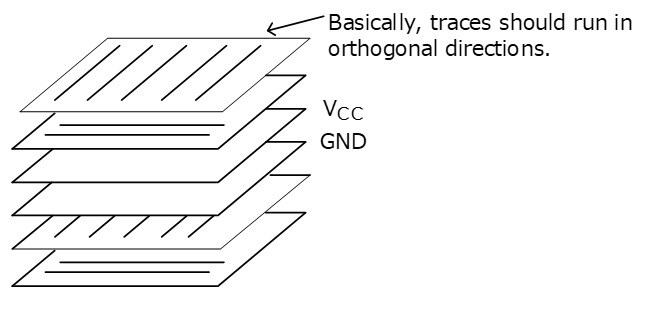
Measures for Crosstalk:
- Add earth traces between parallel traces. (Alternatively, use a multi-layer board in which a low-impedance layer (e.g., VCC or GND layer) lies between signal layers.)
- Reduce the length of traces that run in parallel.
- In the case of a multi-layer board, run traces on alternate layers orthogonally to each other (See the right hand side figure).
- Increase the spacing between traces.
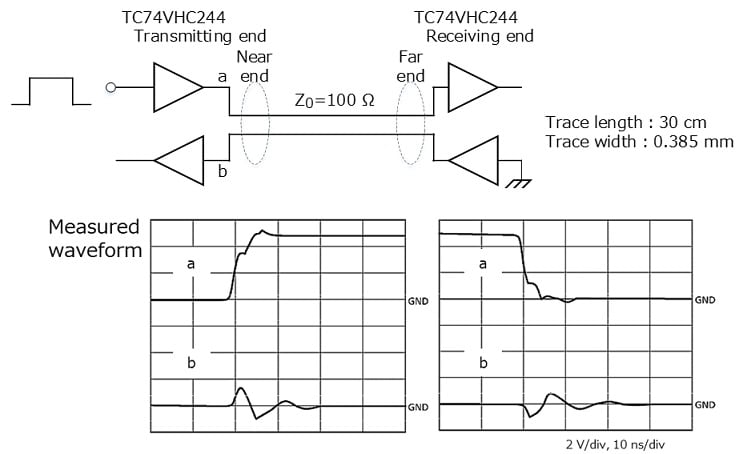
The below figure shows a typical level of crosstalk noise traveling along 30-cm traces.
This example shows near-end crosstalk. When the near end of the victim trace is the receiving end, it is susceptible to the effect of crosstalk.
Usage Considerations of CMOS Logic ICs
Products
Related information
- Application Notes
- FAQ


